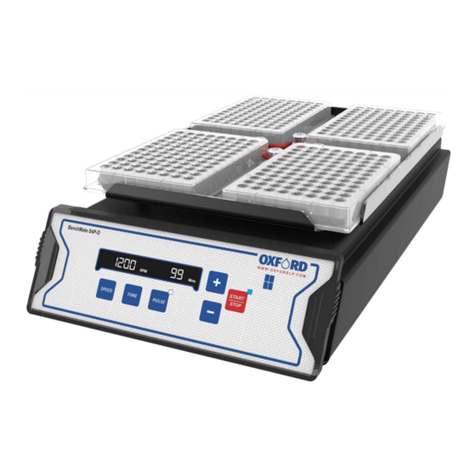
NANOSYSTEMFABRICATIONFACILITY(NFF),HKUST
Version1.0Pa
e 10 of 24
Emergency off and Interlock facilities
Emergency off (EMO) and interlock facilities are provided to shut down the machine
in an emergency and to stop process until the system is fully initiated. An emergency
off switch, with normally-closed contacts, is mounted on top of the console. The
switch is activated by pressing a red “Emergency Off” button.
PLC interlock chain
The interlock chain is monitored by the software, but acts independently. It is also
supplemented by machine protection sensors, which operate only via the software.
To enable RF power:
1. The 600 mbar vacuum switch (‘Vacstat’) must be at low pressure
2. The process chamber lid must be closed (or its hoist down)
3. The primary process pump must be running
4. The primary process pressure gauge (normally a capacitance manometer) must be
on scale
5. The load lock inter-chamber valve (where fitted) must be closed
6. Customer-supplied external alarm devices must be at safe state
7. The inert gas purge to the primary process pump must be flowing.
To enable process gases:
1. RF power must be enabled.
2. The gas box lid must be closed.
3. Specific gases can be set in the gas box hardware to be mutually exclusive, so
they cannot be turned on together.
































